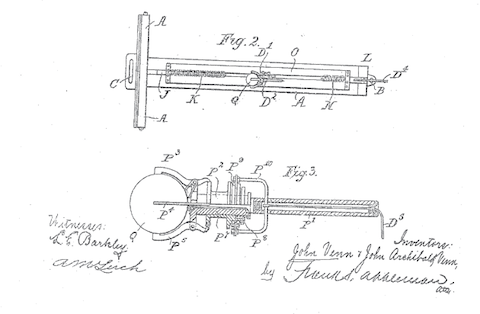Bowled Over

Let's begin the year by hailing the ingenuity of a man who has contributed much to both mathematics and Internet meme-ry: John Venn.
Venn is, of course, best known for concocting the elegant diagramming system that now bears his name. Aside from elucidating the fundamentals of logic for generations of schoolkids, Venn diagrams have also provided structure for countless middlebrow-brow jokes. For this achievement alone, Venn deserves a place in the organizational pantheon alongside Melvil Dewey and Edwin G. Seibels.
But Venn was far from a one-trick pony, nor one who confined his genius to the realm of the theoretical. He was also quite the engineer, and used his tinkering skills to create one of the earliest mechanical robots: a cricket bowling machine that was sort of the Deep Blue of its day and sport. The machine was rumored to have bested the top batsman on the Australian national team, largely because of the way it created baffling break.
What's odd is that, despite the early hype over the machine's ability to best human players, Venn's cricket bowling contraption was quickly relegated to the status of training device—quite like the Jugs machines that now dominate the market. I, for one, would like to see a revival of the engineering race to design a machine capable of stumping the world's best batsmen. I can only guess that this quest was abandoned once humans adjusted to the machines' limited trickery. But I refuse to believe that machines can only triumph over humans in contests of mental acuity. At some point, the robots will prove that they can triumph in the athletic arena, too. How long will that take? The answer might depend on how much human competitors are willing to modify their bodies to keep their edge.




